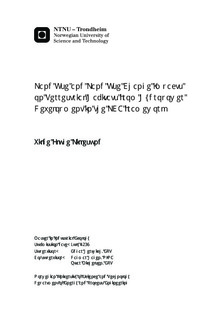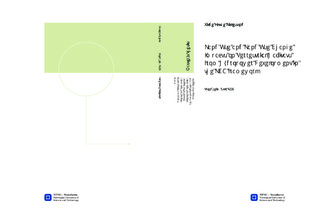| dc.description.abstract | Anthropogenically driven biodiversity loss is one of the major challenges of modern society. The main cause of biodiversity loss is habitat fragmentation and destruction. Hydropower causes transformation and occupation of large water systems and areas of land for infrastructure and reservoirs. The impacts of habitat change and occupation on biodiversity are incorporated into Life Cycle Assessment (LCA) the impact category Land Use and Land Use Change (LULUC). Despite decades of effort there is still no consensus on the proper methodology for LULUC. The mitigation hierarchy has been designed to be an instrument for minimizing environmental impacts of development projects. The mitigation hierarchy framework has four steps; (1) avoid impacts, (2) minimize impacts, (3) restore impacts on-site, and (4) offset impacts by restoring, preserving, enhancing and/or establishing ecosystems off-site. The mitigation hierarchy and LCA share a common need for a suitable indicator for biodiversity/ecosystem quality.Within the LCA framework for LULUC four hydropower development cases were analyzed, it was proposed to use three different approaches for measuring impacts to ecosystem/biodiversity quality; indirect indicators representing the current condition of the ecosystem affected, carbon emissions from the affected areas, and, combining the mitigation hierarchy and LCA, using the cost of restoration of the affected areas.The three approaches provided similar results for all case projects, and were also consistent with basic total land use per kWh. Impacts to wetland were larger than impacts to other ecosystems, for all approaches. Carbon emissions from land use change related to the construction of infrastructure underlined the importance of including total land use change per kWh when assessing hydropower, especially for small-scale hydropower development.Incorporation of applied restoration ecology in LCA through the mitigation hierarchy is possible and restoration cost performs equally well as the other indicators, but there are uncertainties concerning the absolute impact result, and the methodology should be further developed to address the issues | nb_NO |

